Humans
In all my time of studying histories and nations, never have I learned of a race more resilient, more adaptable. It is almost as frightening as it is intriguing, but the calling of my sect drove me to learn everything about these people that call themselves 'human'.
The diversity of the Human race in both culture and nation forbids me from containing them to a single section. For example: The differences between a Terran and an Arshan are so wide, it would be easier to write of them as separate races instead. Here, I will summarize the species, and in following chapters, describe each the Arshan, Sionian, Solus, and Terran.
A highly adaptive race in the Galactic Theatre, Humans account for the entire population of three of the most powerful nations in the Milky Way. These nations are the United Arshanov Socialist Federation, Sol Empire, and Republic of Sion. Humans even make up a portion of the Varkesh as the Democratic Republic of Terra.
Humanity can be divided into four main groups, each with their own history and culture: Arshan, Sionian, Solus, and Terran. Generally, humans are well known for their quick thinking, wide array of skills, and adaptability to various environments and situations. This contrasts with the public image of other races, who tend to be stereotyped as more specialized in specific areas.
Basic Information
Anatomy
The Human body consists of a torso, a head, and four limbs: Two arms and two legs. The galactic average height for an adult human male is about 5'7" (172 cm), while the average for an adult human female is about 5'2" (158 cm). Humans are a bipedal species, with a plantigrade leg structure and no tails.
Augmentations
While the entirety of the human race has not adopted forms of cybernetic and genetic augmentation, it can be a common sight in some cultures. The Sol Empire, for example, is well known for using cybernetics to replace amputated or disabled limbs and organs. This practice has also started to bleed into the Republic of Sion, through the link provided by the Sol-Lassi Tribe. There are even rumors of genetic experimentation in the more isolated Sionian tribes, though nobody, not even the Republic Council, has verified this.
Other cultures such as the Arshans and Terrans, are far more conflicted about augmentations. For the Terrans, many believe you lose a part of yourself and your humanity, while others see it as the next step forward in Human evolution. The Arshans, however, consider both cybernetics and genetic manipulation to be a federal crime following old policies enacted for reasons long forgotten.
Despite this, however, the Arshans are known for a form of selective population control: Infants found to have defects, disabilities, and other potentially debilitating deformities are euthanized. While the Arshans view this as a merciful act, believing that it would be cruel to allow such a person to live in a community they cannot contribute to, the Solus are quick to point this out as inhumane and "evil" in their propaganda.
Biological Traits
Skin tone, hair color, eye color, etcetera all vary among humans. Their genetic origins from before Earth was destroyed plays a part in the physical appearance of a Human, but are more commonly (and falsely) associated with one of the major cultural groups that exist currently. Sionians, for example, are known for tanned skin, eyes of blues, greens, and browns, and their lighter colored red, brown, or blonde hair. The Solus, however, are more known for their dark hair tones, dark eye colors, and olive skin due to their Asian heritage.
Generally, a Human can be seen with hair colors ranging from blacks to browns, reds, and golden blonde shades. Eye colors range from black to brown, green, blue, and in some cases even gray or amber, while skin tones are varying shades of white, olive, tan, brown, and near-black.
In some environments, especially those with higher sun exposure, some lighter-skinned Humans can be seen with freckles covering their faces, arms, necks, and other body parts commonly exposed to sunlight.
Dietary Needs and Habits
Humans are an omnivorous race - Capable of consuming both meats and plants. The typical diet of a human varies widely from region to region, ethnicity to ethnicity, but can generally be summarized as anything and everything that can be hunted or farmed and isn't poisonous to the human digestive system.
Additional Information
Geographic Origin and Distribution
Originally hailing from Earth in the Sol System, Human populations cover the majority of known space in the Milky Way galaxy, most prominently in the territories of the Sol Empire and Arshanov Federation.
Humans also make up the entire population of the smaller Republic of Sion and account for a portion of the Varkesh's population through the Democratic Republic of Terra.
Civilization and Culture
Major Organizations
In the Galactic theatre, Humanity is most well known for the two largest nations in the quadrant: The Sol Empire, and the United Arshanov Socialist Federation. These two nations together are estimated to account for at least 60% of all humans in the galaxy, with the Republic of Sion pulling a close third, and the Democratic Republic of Terra holding the smallest human population.
Smaller organizations known for their Human origins and influences include the Unaligned Medical Relief Corps and the Liikar-Mobius Foundation, both of whom operate within the Varkesh.
History
As The Third War broke out on Earth, Humanity tried to save itself through launching colony ships of varying levels of quality. Most failed to survive, but a small number of those ships managed to find habitable planets or hospitable alien cultures. Those colony ships, coupled with the surviving Mars colony and orbital stations around Earth, eventually formed into the present-day nations of Humanity: The United Arshanov Socialist Federation, the Sol Empire, the Democratic Republic of Terra, and the Republic of Sion. These nations grew and developed relatively quickly over the next several hundred years, re-discovering each other and, as has been proven time and time again as innate human nature, developed new conflicts and, eventually, war.
Interspecies Relations and Assumptions
How others view Humanity
To most other races within the Varkesh, there are two types of humans: Terrans and non-Terrans. Terrans are thought of as adaptible, curious, and dependable, while Non-Terrans are viewed as war-mongering, xenophobic, hostile and potentially even the biggest threat the Varkesh has ever faced to its own ideals of peaceful co-existance.
How Humanity views others
Terrans
Likely having the most positive view of aliens of all Human cultures, many Terrans feel they owe their survival and existance to the Dovol and Hydari races. Their long-standing membership within the Varkesh also means the Terrans have the most widely varying opinions of the differing races - A Terran from Terra looks at a Hydari and thinks of a heavily commerce driven culture of both merchants and pirates, while a colonist from a frontier world may see a Dovol as a withdrawn, intelligent, and almost condescending person.
Arshans
The only real contact with aliens the Arshans have is with the Dovolish, whom they were once in negotiations with to possibly become a part of the Varkesh. That ended abruptly when Ambassador Puskov and his escort were assassinated during a meeting with Dovolish and Terran ambassadors in Varkesh space. The Arshans blamed the Varkesh for the attack, locked off their borders, and cut off communications, viewing the Varkesh as a bordering nation they couldn't trust - Especially not when the Federation was already part of an ongoing war with the Sol Empire.
Solus
The Solus people are probably the most hostile group of humans to alien life. Many many years of propaganda has led most, if not all, Solus people to believe anything non-human is out to dominate or even exterminate all human life. The Solus propaganda machine has even convinced the people that the Arshan and Terrans are both indoctrinated by the alien Varkesh, and the Sol Empire stands as the last great defense for Humanity's freedom against the alien threat. They are known to be extremely xenophobic as a result of this.
Sionians
With the Republic of Sion being located in a region of space cut off from any and all contact from known alien races, the Sionians only know of aliens through stories and information passed on by their Arshan and Solus neighbours. To a Sionian, an alien race is still primarily the construct of human imagination, and even still a common part of fictional literature and media, albeit mixed in with Solus propaganda flowing into the Sol-Lassi tribe.
Extended
This article is part of the Extended Lore series. These articles exist to provide extra background information on various aspects of Galaxies End but are typically not the core focus of any RPG modules or writings, whether released or planned for the future.
Table of Contents
Player
This article is part of the RPG Player series and includes stats and information for use in the E.Lite RPG System usable as a player. More information on the E.Lite RPG system and an introduction to Galaxies End as an RPG setting can be found here. More information about subscriber groups can be found here.

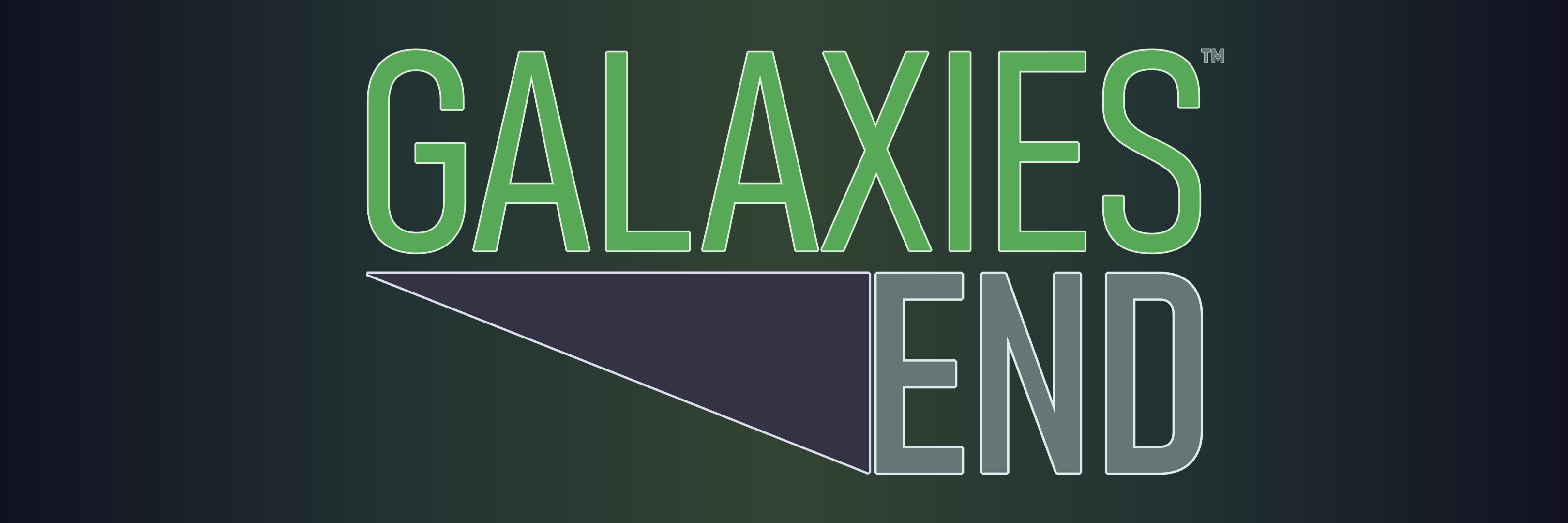
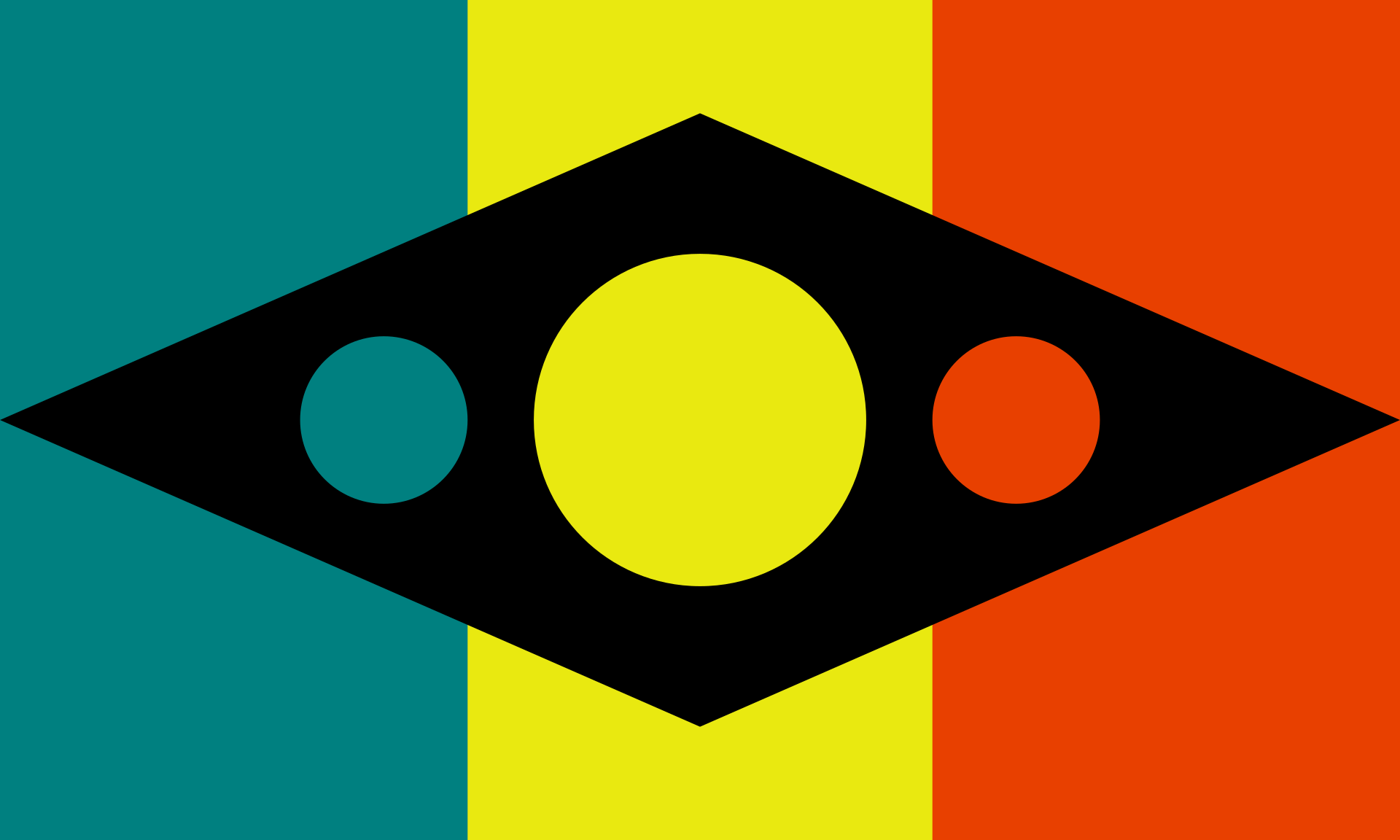




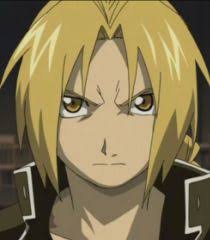
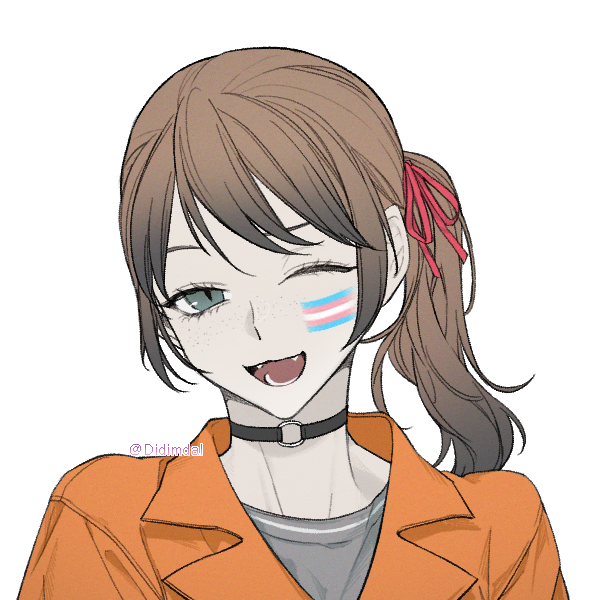
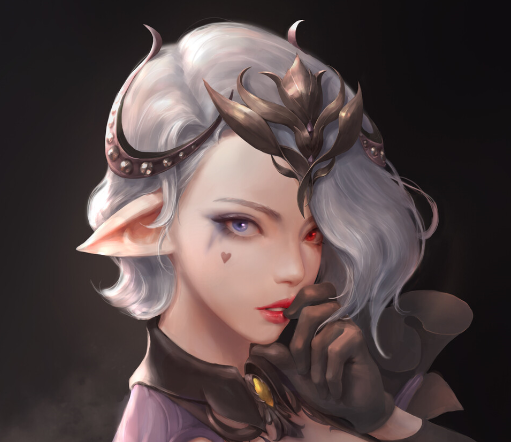
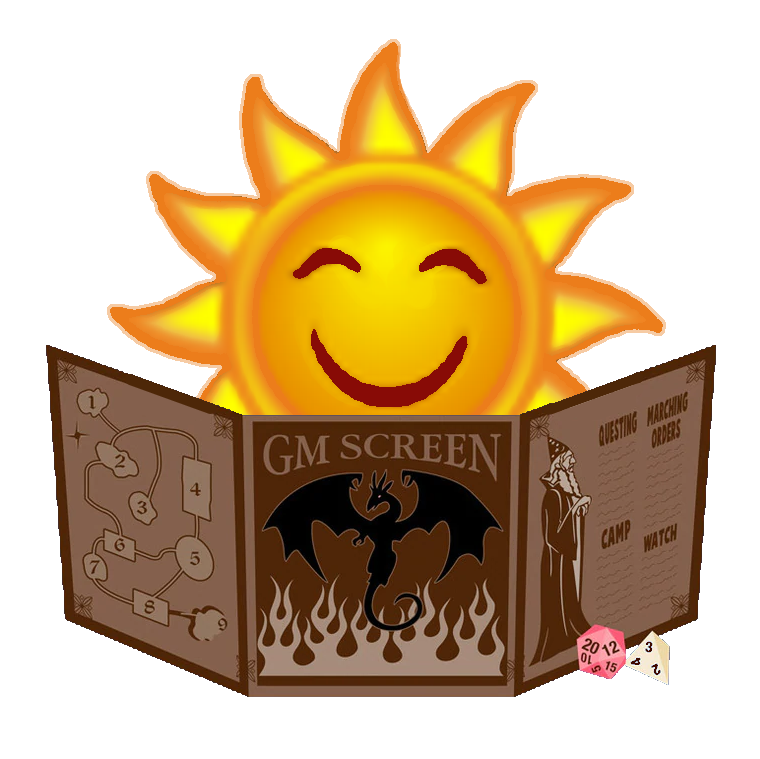
Ethnis Light HYPE!
World Anvil Founder & Chief Grease Monkey
Twitter | World Anvil Changelog
“No act of kindness, no matter how small, is ever wasted.” - Aesop
WOOOOO